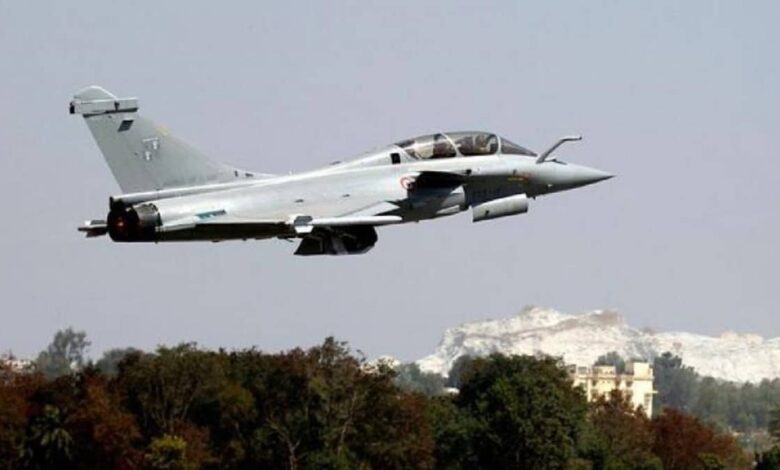
Air Chief Marshal AP Singh, Chief of Air Staff, has expressed concerns over delays in the delivery of Tejas fighter aircraft and sought more participation of private sector in developing defence products with increase funding for R&D. Delivering a lecture at the 21st Subroto Mukherjee Seminar on “Atmanirbharta in Aerospace: Way Ahead,” he said, “If R&D cannot stick to timelines, then it loses its significance.
Air Chief Marshal Singh, on his part, recalled that the first lot of order for Tejas aircraft was placed by the Indian Air Force many years ago and there is a considerable delay in delivery. “Capacity building is important, though not always required, but flexibility is important and production agencies should invest in state-of-the-art manufacturing processes to reduce the production time and enhance skill sets of their workforce,” he said.
Referring to the Tejas project, which began in 1984, he said, “We started inducting it in 2016. Today, in 2024, the Indian Air Force is still waiting for the first 40 aircraft. That is something that should change.” He said competition must be encouraged and there must be multiple sources of production to avoid complacency.
The LCA program was initiated in the late 1980s to replace the aging MiG-21 and Su-7 fleets, with significant progress seen in the late 1990s. The aircraft, now christened Tejas, made its first flight in 2001 and received initial operational clearance for the Second Series Production (SP2) variant in 2016.
Built by Hindustan Aeronautics Limited, Bengaluru, the Tejas fighter jet has been operational within the IAF’s No. 45 Squadron, also known as “The Flying Daggers,” and later with the No. 18 Squadron, “The Flying Bullets.”
Air Chief Marshal Singh further reiterated the role of private players in defense manufacturing: “If R&D cannot meet its timelines, it becomes irrelevant. Time is of essence in defense, and we must embrace failures as part of the learning process.”
As China, too, has been fast-forwarding military capabilities, including development of its sixth-generation stealth fighter jet, Singh urged hastening the pace. “Concerns from northern and western adversaries are increasing day by day, as their forces and technological advancements are progressing at a fast clip,” he said.
The Ministry of Defence has declared 2025 as the “year of reforms” to fast-track jointness and integration programs within the defence. Suggestions range from easing acquisition procedures to the simplification of technology transfer to encourage public-private partnerships.
The Indian Air Force has ordered 83 Tejas Mk1A variants in a major deal with HAL. However, there are concerns about delays in the supply of 99 General Electric F404 engines. The concerns have also been raised by Defence Minister Rajnath Singh and Prime Minister Narendra Modi, to which GE promised to start supplies from March 2025-two years behind schedule.
The Tejas fighter jet has attracted international attention, with inquiries from countries such as Nigeria, the Philippines, Argentina, and Egypt to acquire this indigenous aircraft.
Currently, the Indian Air Force’s sanctioned squadron strength stands at 42, but only 31 are active. A report on the defense demands for 2024-2025 recognized an urgent requirement of at least 180 fighter jets, especially since older models-the MiG-21 included-are being phased out.
The induction of MRFA and LCA Mark II at the earliest would be critical to arrest the slide in squadron strength. The Parliamentary Standing Committee on Defence has also recommended that the government consider counter-purchasing fifth-generation fighter aircraft if delays in indigenous production continue, adding that funds should not become a constraint in acquiring them.



